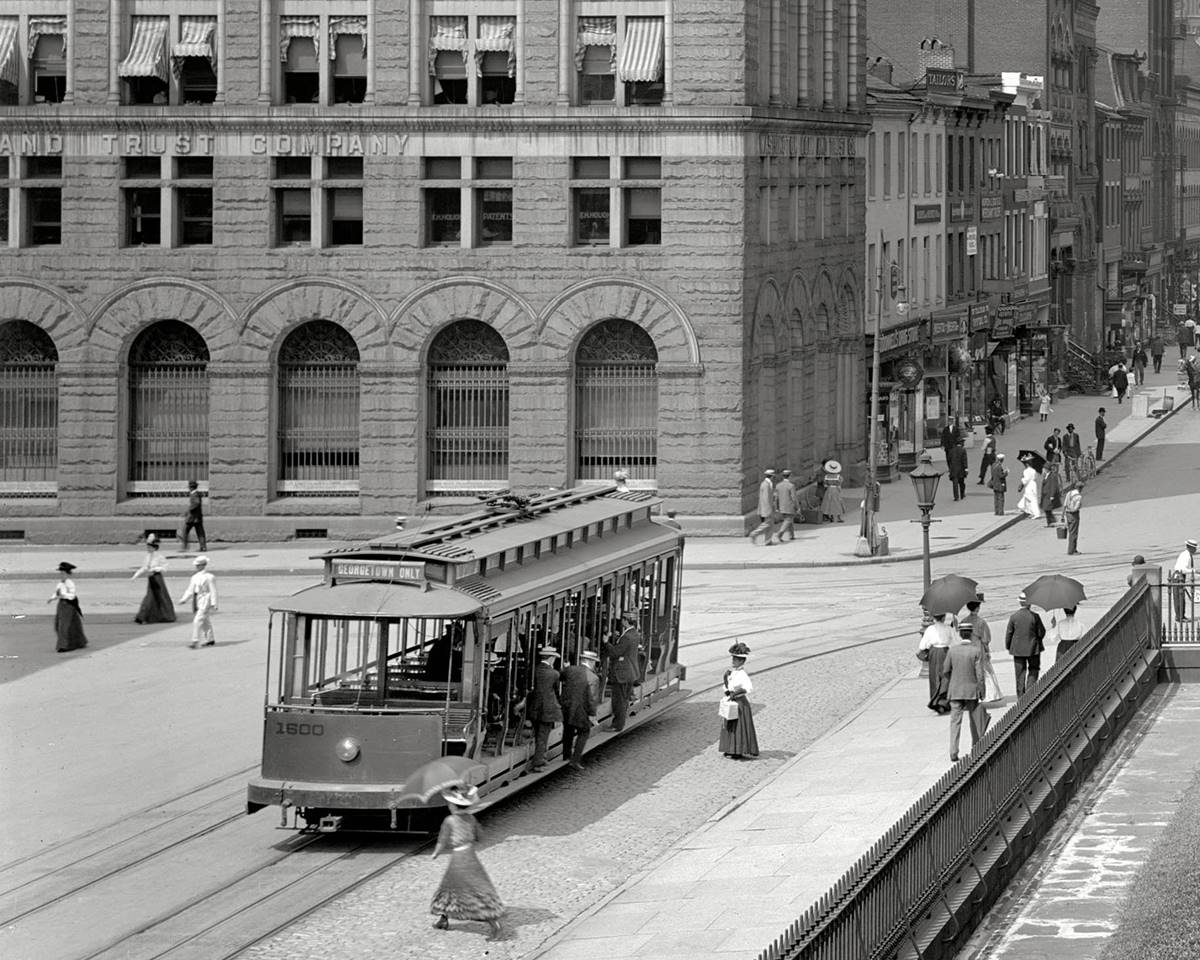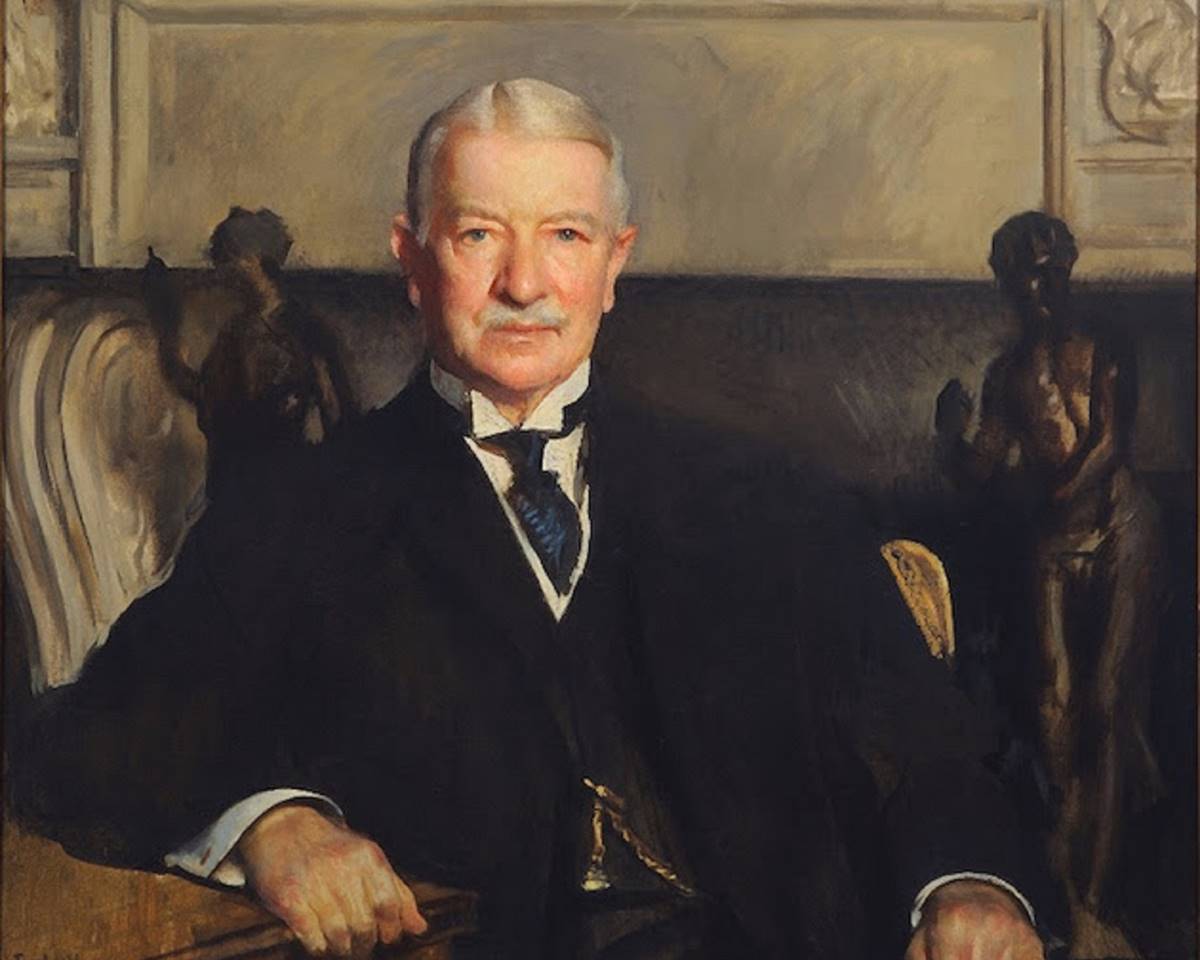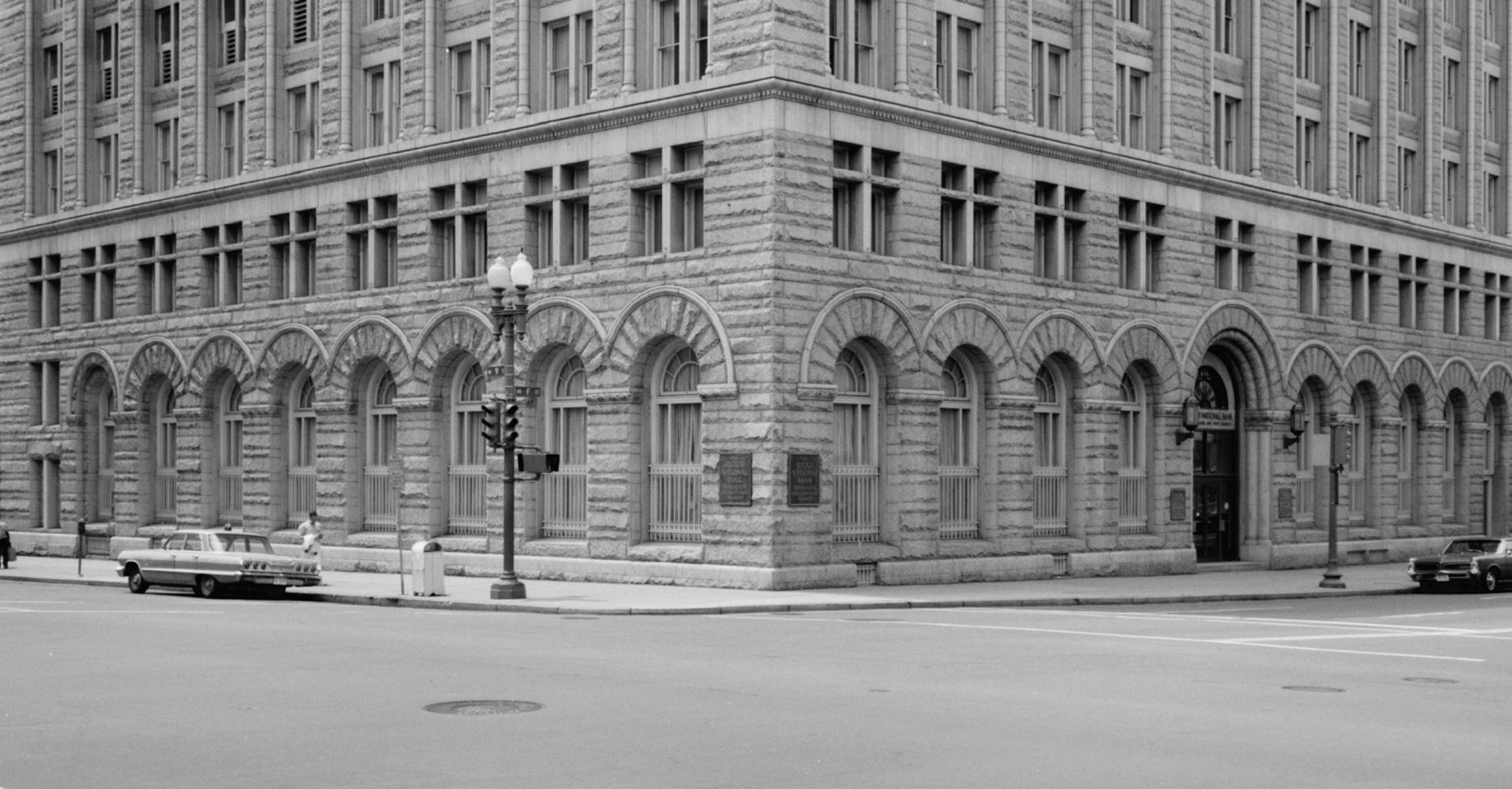Our History

Riggs Bank
Riggs National Bank was built in 1891 and completed in the Richardsonian Romanesque style.
The bank was known as the ‘Bank of Presidents’ as handled the personal finances of many U.S. Presidents in addition to many of the embassies in Washington, D.C.
Twenty three Presidents and their families banked with Riggs, including Martin Van Buren, John Tyler, Abraham Lincoln, Ulysses S. Grant, Dwight D. Eisenhower, and Richard Nixon. Accounts were also held by Senators Henry Clay, John C. Calhoun and Daniel Webster, American Red Cross founder Clara Barton and suffragist Susan B. Anthony.
The bank described itself as "the most important bank in the most important city in the world".
RIGGS BANK & U.S. HISTORY
Riggs Bank was involved in many important moments in U.S. history.
In 1845, Riggs financed Samuel Morse's invention of the telegraph.
In the 1860s, the bank financed Robert Peary's first expedition to the North Pole and the expansion of the United States Capitol while in 1868, the bank provided $7.2 million in gold towards the purchase of Alaska.
In 1896, after accepting a government charter, "Riggs National Bank" was formed and Charles C. Glover was named president.
In 1909, the president of the bank presented to the United States Congress an economic plan that resulted in the establishment of the Federal Reserve in 1913.
During the Great Depression, Riggs director Robert V. Fleming acted as adviser to President Franklin D. Roosevelt.
Beginning in the early 20th century, the bank embarked on a successful project to attract embassies and diplomats as customers and by 1950 most embassies in Washington were customers of the bank.

Charles Glover
Charles Carroll Glover (Born 1846) was an American banker and notable philanthropist who made historic contributions to the landscape of Washington, D.C. in the late 19th and early 20th centuries.
He was the President of Riggs Bank and an advocate of urban beautification in the city. He made many generous donations of land and money for many of Washington's parks and monuments.
Glover played a central role in the creation of Rock Creek Park, the National Zoo, the National Cathedral, Potomac Park, and Glover-Archbold Park. National Park Service historian Cornelius W. Heine called him "both a businessman and a poet" noting that the parks that Glover helped to create represented circa 3,200 acres, nearly half the total surface of the National Capital Parks.

Riggs Today
Following a complete refurbishment, led by Lore Group's Creative Director, Jacu Strauss - Riggs has been reinvented as a luxury destination for modern travelers.
Strauss was inspired by the building's history and by the golden age of banking during his refurbishment.
The original banking hall with its high ceilings and Corinthian columns now houses Café Riggs. The former board room, where no doubt many presidents had private meetings, is now home to the Riggs Suite. The original vault door can be found in the basement – while you can sip cocktails within the original vault space in Silver Lyan.








